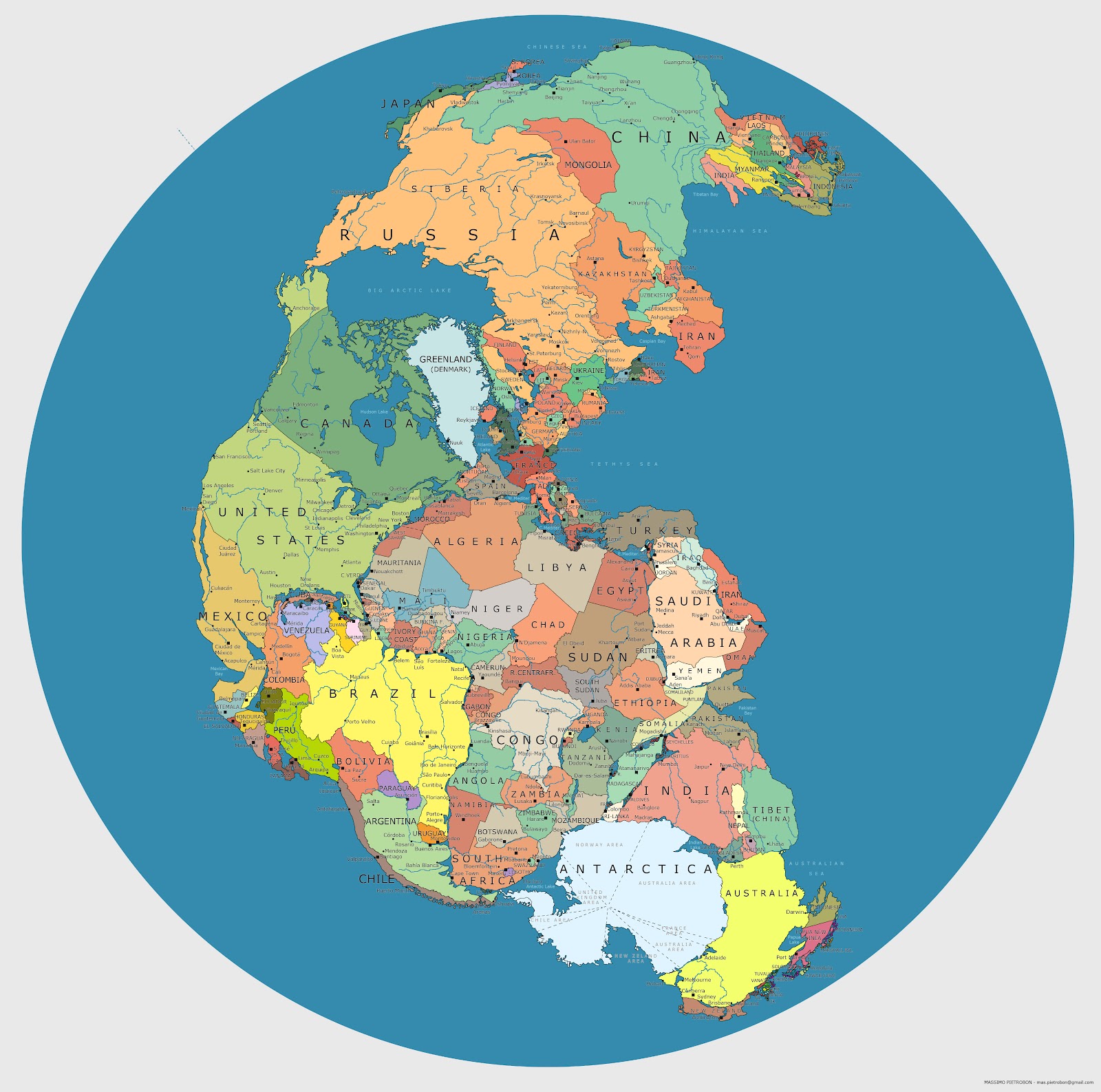Summary
What is in a phenomenon-driven three-dimensional (3D) instructional set? These science resources use phenomena to facilitate engaging and meaningful learning, instruction, and formative assessment. Each resource set contains a guiding document and three other types of documents: an Instructional Task (IT), a corresponding formative Assessment Task (AT), and a corresponding Pattern Analysis of Student Thinking (PAST). These resources are not intended to be a complete lesson plan. Three-dimensional learning is not limited to one specific type of lesson format and is compatible with most lesson plan models. The IT proposes two or more possible phenomena that could be used to drive an instructional sequence addressing a specific OAS-S standard. It also provides suggestions for engaging students with the phenomena through meaningful learning experiences in three dimensions. The AT focuses on a phenomenon-associated scenario. It contains one or more tasks designed to give students opportunities to show their thinking and provide evidence-based explanations about the disciplinary core ideas (DCIs) using crosscutting concepts and scientific practices for that standard. This resource set does not include a PAST document.
Performance Expectation (PE)
Analyze and interpret data on the distribution of fossils and rocks, continental shapes, and sea floor structures to provide evidence of the past plate motions.
Disciplinary Core Ideas (DCI)
The History of Planet Earth: Tectonic processes continually generate new ocean sea floor at ridges and destroy old sea floor at trenches.
Plate Tectonics and Large-Scale System Interactions: Maps of ancient land and water patterns, based on investigations of rocks and fossils, make clear how Earth’s plates have moved great distances, collided, and spread apart.


